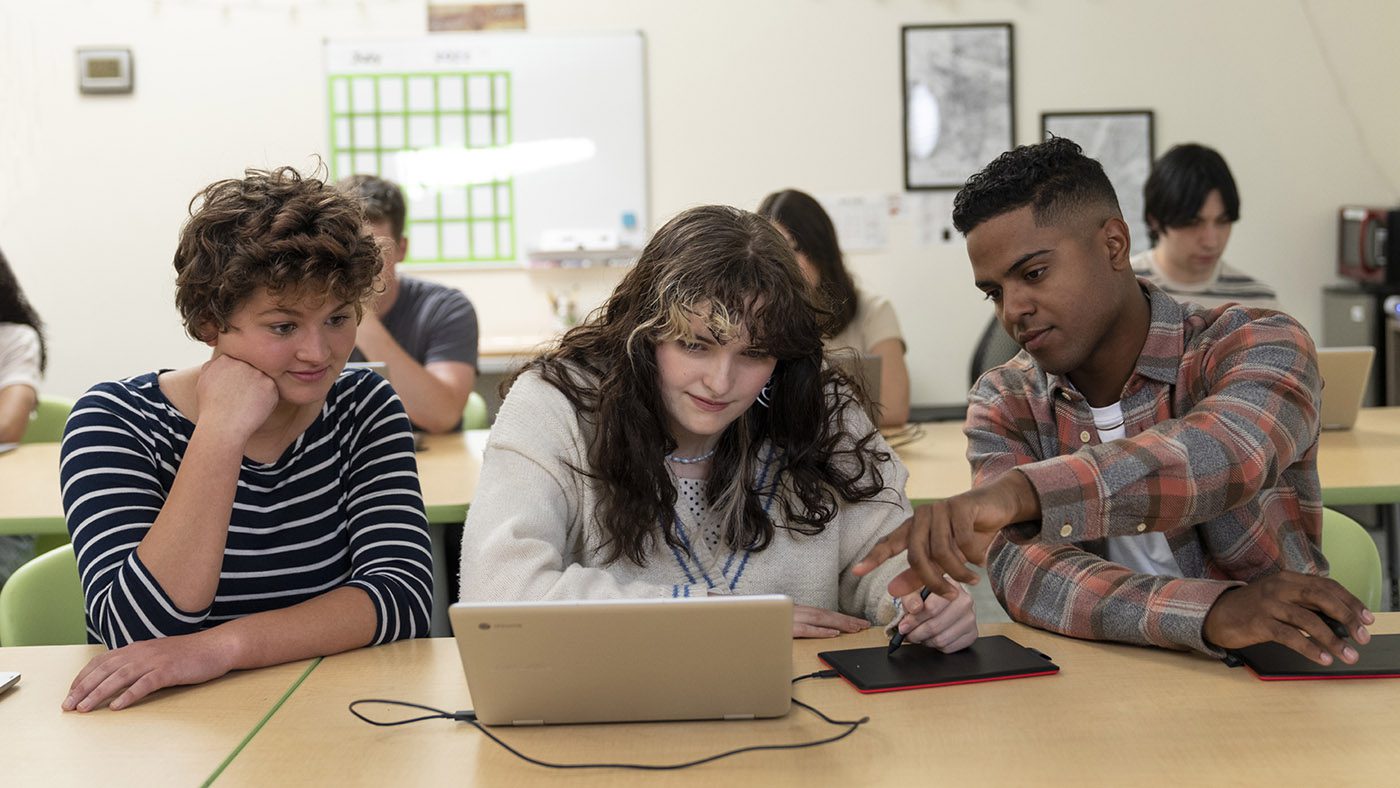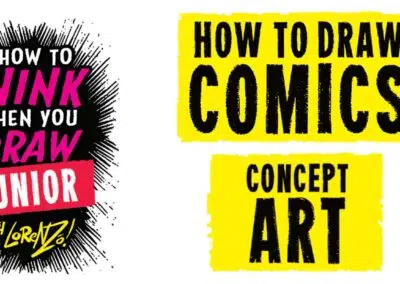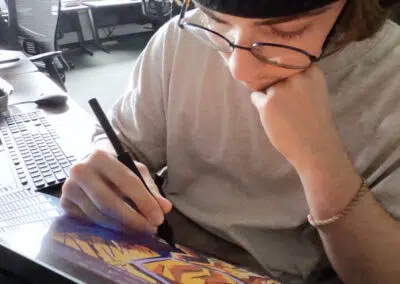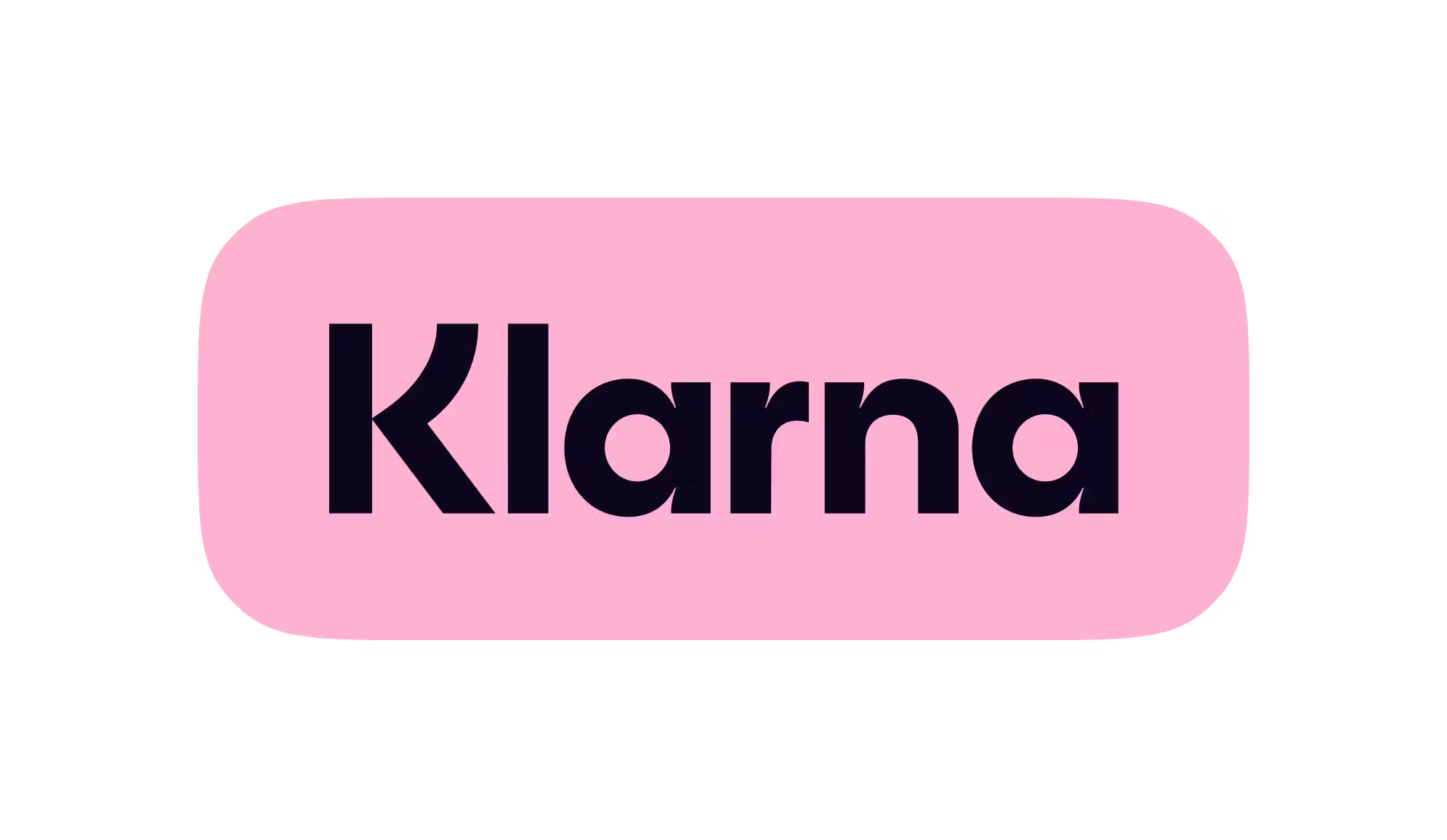There are many benefits for students of infusing creativity in the classroom. This is part two in a three-part series; check out part one here and part three here.
Art activities in the classroom can greatly improve learning experiences for students. Whether it’s providing a means for self-expression, fostering collaboration among peers, or increasing engagement and motivation, the incorporation of art into the curriculum can help create positive and fulfilling learning experiences. In this second post in the Infusing Creativity into Classroom Routines series, we will look at how art activities can help students tap into their creativity and imagination, while developing valuable social and emotional skills.
Art activities provide a unique opportunity for students to express themselves in ways that are personal and unique. By engaging in art, students can use their imagination and creativity to produce work that reflects their personal experiences and emotions. This process of self-expression can be therapeutic for students who may struggle with communicating their feelings or experiences in other ways. Art also allows students to explore and experiment with different materials and techniques, providing them with a sense of control and agency over their work. By incorporating art activities into the classroom, teachers can create a safe and supportive environment where students can freely express themselves, building self-confidence and self-esteem. Through self-expression, students can better understand themselves and their place in the world, leading to a more positive and fulfilling learning experience.
Examples of art activities that allow for self-expression:
- Free-drawing: Give students the freedom to create whatever they want on a blank space whether that is paper or on online platform. This activity allows students to express their creativity and emotions without any restrictions or guidelines.
- Creative writing and illustration: Encourage students to write and illustrate their work. This can be more than just a story, it could be writing and illustrating the steps within a science experiment or writing and illustrating what they learned in a recent unit. This allows for creative expression in both written and visual means.
In addition to providing an outlet for self-expression, art can be a powerful tool for fostering collaboration among students in the classroom. Art projects such as group murals or posters require students to work together towards a common goal, encouraging them to communicate effectively, share ideas, and respect one another’s opinions. Through collaborative art projects, students learn valuable teamwork and problem-solving skills that they can apply to other areas of their lives. When students collaborate on a creative task, they also develop a sense of shared ownership and responsibility, which can promote a sense of community and belonging in the classroom.
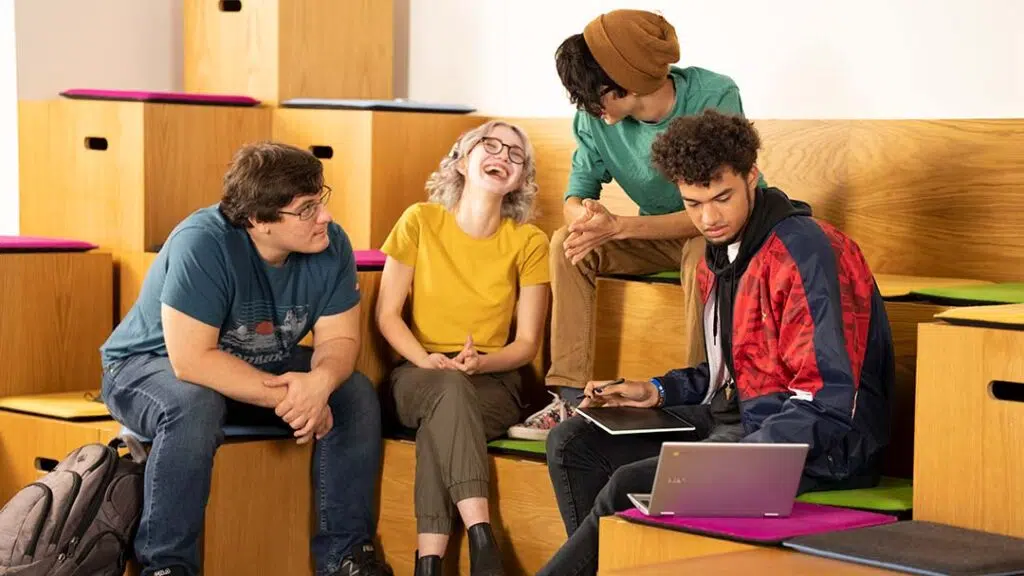
Examples of art activities that foster collaboration:
- Collaborative drawing: Have students work together to create a large drawing – an online never-ending whiteboard is great for this. Each student can take turns adding to the drawing or building upon what the previous student drew. This activity requires students to communicate and compromise to create a final product that incorporates everyone’s ideas.
- Storyboarding: Students work in groups to create storyboards for a short film or animation that demonstrates understanding of a topic. Each group member can contribute to the storyline, character development and scene design. This activity requires students to listen to and build upon each other’s ideas.
Providing opportunities for art in the classroom could increase student engagement and motivation. Art activities provide students with the freedom to explore and express themselves in a way that traditional assignments may not. When students are given the opportunity to engage in creative activities, they are more likely to be invested in their work and motivated to learn. This approach can help create a more positive and enjoyable learning experience for students.
Examples of art activities that increase student engagement and motivation:
- Artistic response projects: Assign students to create an artistic response to a text or a historical event. Because “artistic response” is open ended, students can create in a variety of mediums as well as providing a large amount of agency to what they create. This also allows students to engage with the classroom material in a creative and personal way.
- Design a book or movie cover: Have students create a book cover or a movie poster about a classroom topic. This activity can increase engagement by giving a creative outlet to engage with content and potentially leading to further discussion in the classroom.
Infusing art activities into the classroom can have a profound impact on student learning experiences. Art provides a means for self-expression, fosters collaboration among peers, and increases engagement and motivation. Art activities allow students to express themselves in ways that are personal and unique as well as provides a sense of control and agency over their work. Art is a powerful tool that can help enhance the educational experience and create a more well-rounded and fulfilling learning environment.
In the final post of this series, we explore various times during instructional periods during which you can infuse art activities for students. Check out that post here.
